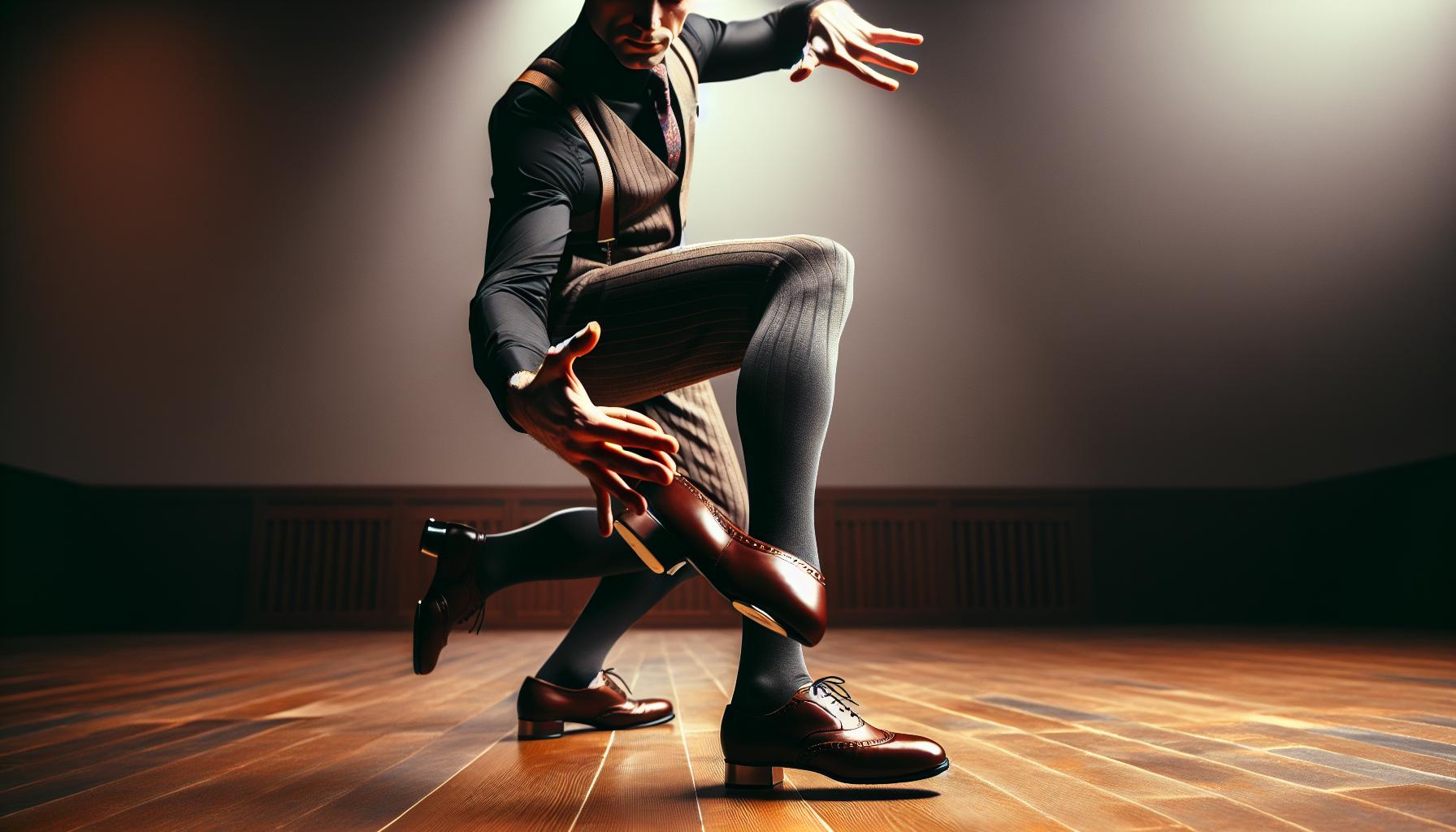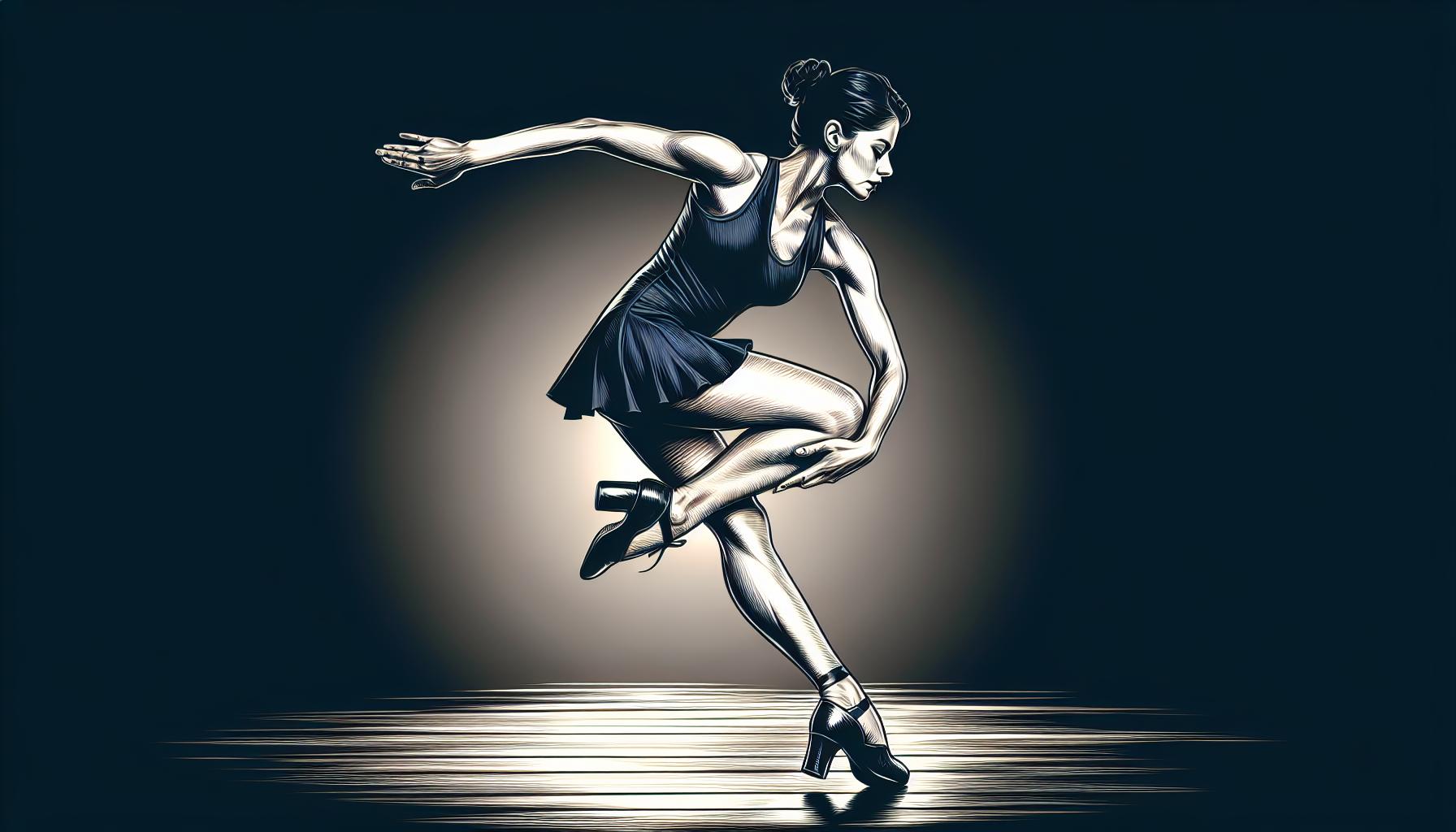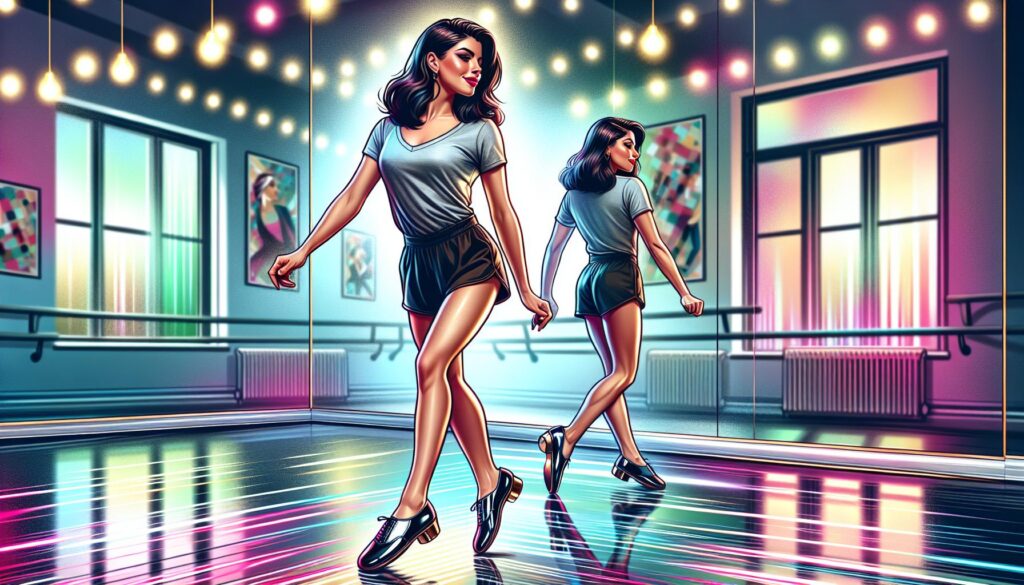When it comes to tap dancing, every detail matters—including what you wear on your feet. One question I often hear is whether you should wear socks with tap shoes. It might seem like a small decision, but it can have a big impact on your comfort, performance, and even the fit of your shoes.
I’ve found that the answer isn’t as straightforward as you’d think. It depends on personal preference, the type of tap shoes you have, and how they feel during practice or performance. Let’s explore why this choice matters and how it can affect your overall tap dancing experience.
Importance Of Proper Footwear In Tap Dancing
Proper footwear directly impacts tap dancing techniques and overall performance. Ill-fitting or inappropriate shoes can hinder precise footwork and rhythm. Tap shoes, designed for maximum sound clarity and efficient movements, need to fit well to ensure effective tapping.
Durability and support are essential for repetitive routines. Tap shoes should provide sufficient arch support and cushioning to reduce strain during extended sessions. Without this, dancers may experience discomfort or even injury over time.
Traction and flexibility of shoes influence stability and movement. A balance between grip and slide ensures smooth transitions and control, especially during intricate combinations. Poorly chosen footwear may disrupt fluidity, affecting both style and accuracy.
Hygiene and comfort are vital, particularly when deciding on socks. Socks can reduce friction and absorb sweat, preventing blisters and odors. Those who prefer to dance without socks should ensure shoes are well-padded to maintain comfort levels.
The Debate: Do You Wear Socks With Tap Shoes?

Choosing whether to wear socks with tap shoes affects comfort, hygiene, and performance. While some dancers swear by socks, others prefer the barefoot feel inside their shoes.
Pros Of Wearing Socks With Tap Shoes
- Comfort: Socks reduce friction between the foot and the shoe, which prevents blisters during prolonged wear. Thin, moisture-wicking socks are particularly beneficial for avoiding chafing.
- Hygiene: Socks absorb sweat, keeping the interior of the tap shoes drier. This helps reduce odors and bacterial growth, ensuring shoes remain fresh longer.
- Fit Adjustment: Socks can improve fit by providing a snugger feel, especially if the shoes are slightly loose. In cases where shoes stretch over time, socks make up for the extra space.
Cons Of Wearing Socks With Tap Shoes
- Reduced Grip: Socks may decrease the direct grip between the foot and the shoe. This lack of connection can affect control during intricate footwork.
- Overheating: Wearing socks can retain heat, making the shoes uncomfortably warm during long practices or performances. Thicker socks exacerbate this problem.
- Discomfort From Seams: Socks with thick seams or improper fit can bunch up inside the shoe, causing discomfort or distraction during routines.
The choice often comes down to flexibility preferences, climate, and the specific design of the tap shoes.
Alternatives To Wearing Socks

Choosing an alternative to socks can enhance your comfort and performance when wearing tap shoes. Options like tights, dance stockings, or going barefoot suit various needs and preferences.
Tights Or Dance Stockings
Tights and dance stockings offer a seamless and hygienic alternative to socks. They’re designed for dancers, providing a snug fit that prevents bunching inside tap shoes. These options reduce friction, minimizing the risk of blisters, and they absorb sweat effectively during long sessions. Lightweight and breathable materials in dance stockings help maintain foot comfort. Some tights also include reinforced toe or heel areas, adding durability for frequent use. These choices work well for dancers adjusting to tighter-fitting shoes or seeking a polished look for performances.
Barefoot Inside Tap Shoes
Dancing barefoot inside tap shoes creates direct contact with the shoe’s interior, improving grip and control during intricate footwork. This alternative eliminates the risk of fabric slipping, ensuring stability during movements. It promotes better feel and connection with the shoe, which can enhance precision and technique. Shoes lacking padded insoles may cause discomfort though, especially during extended sessions. Ensuring the interior is smooth, well-fitted, and clean becomes crucial to avoid irritation or injuries when opting for barefoot use.
Tips For Choosing The Best Option

Making the right choice for using or skipping socks with tap shoes enhances both comfort and performance. Focus on key factors like fit, hygiene, and shoe durability.
Considering Comfort And Fit
Prioritize a snug fit to prevent unnecessary slipping or pressure points during movement. If socks create extra bulk, thin or seamless socks can help minimize discomfort. For slightly loose tap shoes, wearing socks, tights, or dance stockings can enhance fit and prevent chafing. Experimentation is essential since personal comfort levels vary depending on shoe condition and sock material.
Thinking About Hygiene And Durability
Maintain hygiene by reducing sweat buildup, as prolonged dampness can affect shoe material. I recommend breathable socks to wick moisture away, ensuring fewer odors and longer-lasting shoes. Frequent tap solos or group practice may require skipping socks; in those cases, use shoe inserts to protect the interior. Proper cleaning and maintenance of shoes complement hygiene measures, whether socks are used or not.
Conclusion
Deciding whether to wear socks with tap shoes ultimately comes down to personal preference and what works best for your comfort and performance. Every dancer has unique needs, and experimenting with different options like socks, tights, or going barefoot can help you find the perfect fit.
What matters most is ensuring your tap shoes provide the right balance of support, flexibility, and hygiene to enhance your dancing experience. Always prioritize what keeps you comfortable and confident on the dance floor.
Frequently Asked Questions
1. Should I wear socks with tap shoes?
Whether to wear socks with tap shoes depends on personal preference. Socks can reduce friction, prevent blisters, and improve hygiene by absorbing sweat. However, some dancers prefer going without socks for better grip and control. Experiment with both to see what feels best for you.
2. How do socks affect tap dancing performance?
Socks can enhance comfort and fit, especially for slightly loose tap shoes, but they may reduce grip and control on intricate footwork. Thin, seamless socks are ideal to minimize discomfort and maintain optimal performance.
3. What are alternatives to wearing socks with tap shoes?
Alternatives include dance tights, stockings, or going barefoot. Tights and stockings provide smooth, seamless coverage and absorb sweat, while going barefoot offers improved grip and control, provided the shoe interior is comfortable.
4. What type of socks are ideal for tap dancing?
Thin, seamless, and breathable socks are best for tap dancing. They prevent discomfort, reduce friction, and wick away sweat to keep your feet dry during extended sessions.
5. How does shoe fit impact tap dancing?
A snug fit is essential for tap shoe performance. Ill-fitting shoes can hinder precise footwork and rhythm, while well-fitted shoes enhance sound clarity, comfort, and movement efficiency.
6. Do socks affect hygiene in tap shoes?
Yes, socks can improve hygiene by absorbing sweat and reducing odor. Breathable socks help wick moisture away, keeping your feet and shoes dry during long practice sessions.
7. Is it okay to dance barefoot in tap shoes?
Dancing barefoot in tap shoes is a personal choice. It provides better grip and precision during movements, but you need to ensure the shoe is properly padded and clean to prevent discomfort or injury.
8. What should I look for in tap shoes for comfort?
Look for tap shoes with good arch support, cushioning, and flexibility. Proper traction ensures stability, while durable materials provide long-lasting comfort during performances.
9. Can wearing socks make loose tap shoes fit better?
Yes, wearing socks, tights, or dance stockings can enhance the fit of slightly loose shoes, preventing chafing or slipping while dancing.
10. How can I maintain my tap shoes for longevity?
Clean your tap shoes regularly to remove dirt and sweat, use breathable inserts if going sockless, and store them in a cool, dry place to preserve their structure and durability.
